Glasgow-based photographer Ben Soedira was born and raised in Dubai, a city that is morphing into something entirely different from the place he remembers as home
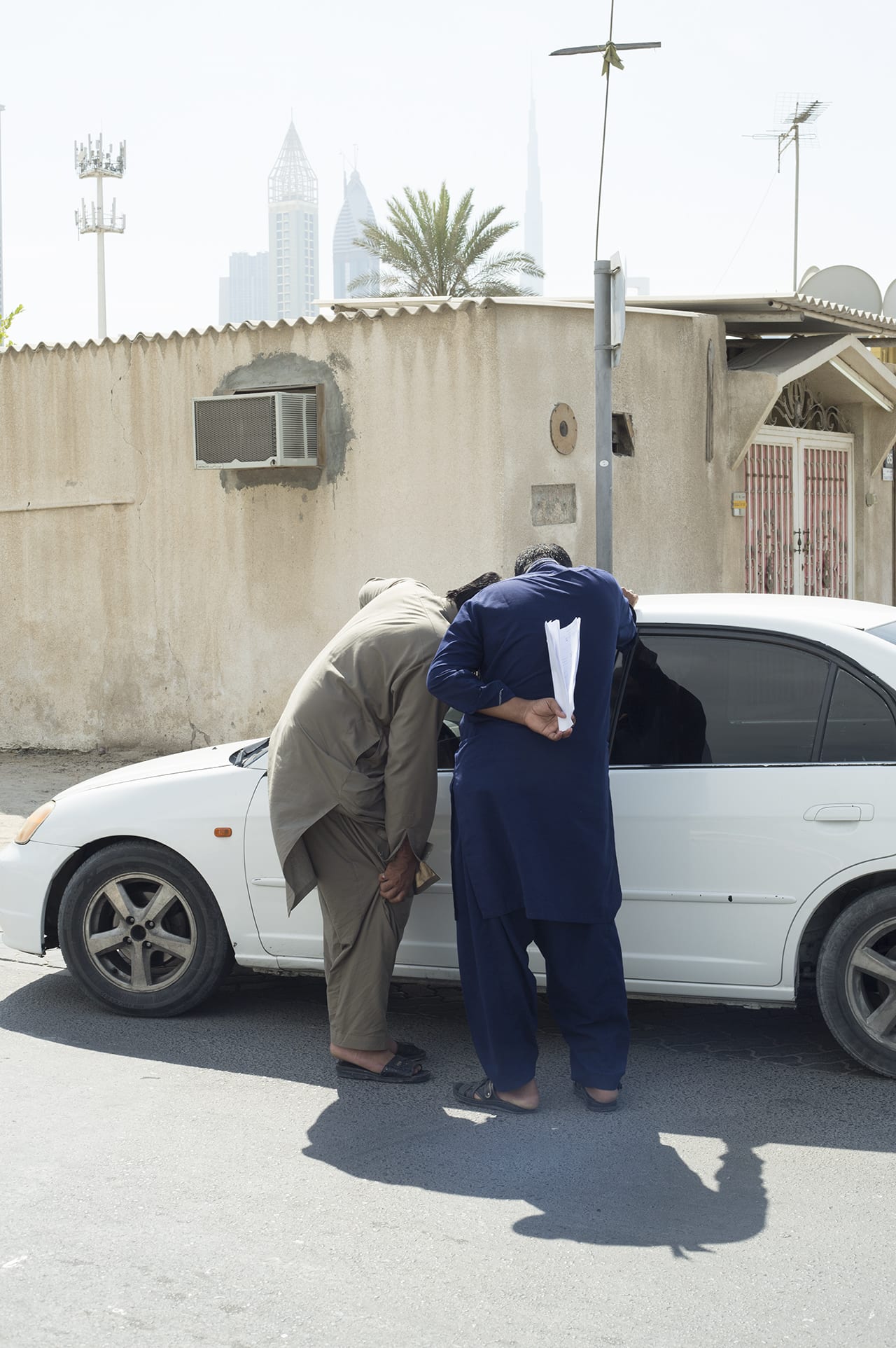

Glasgow-based photographer Ben Soedira was born and raised in Dubai, a city that is morphing into something entirely different from the place he remembers as home
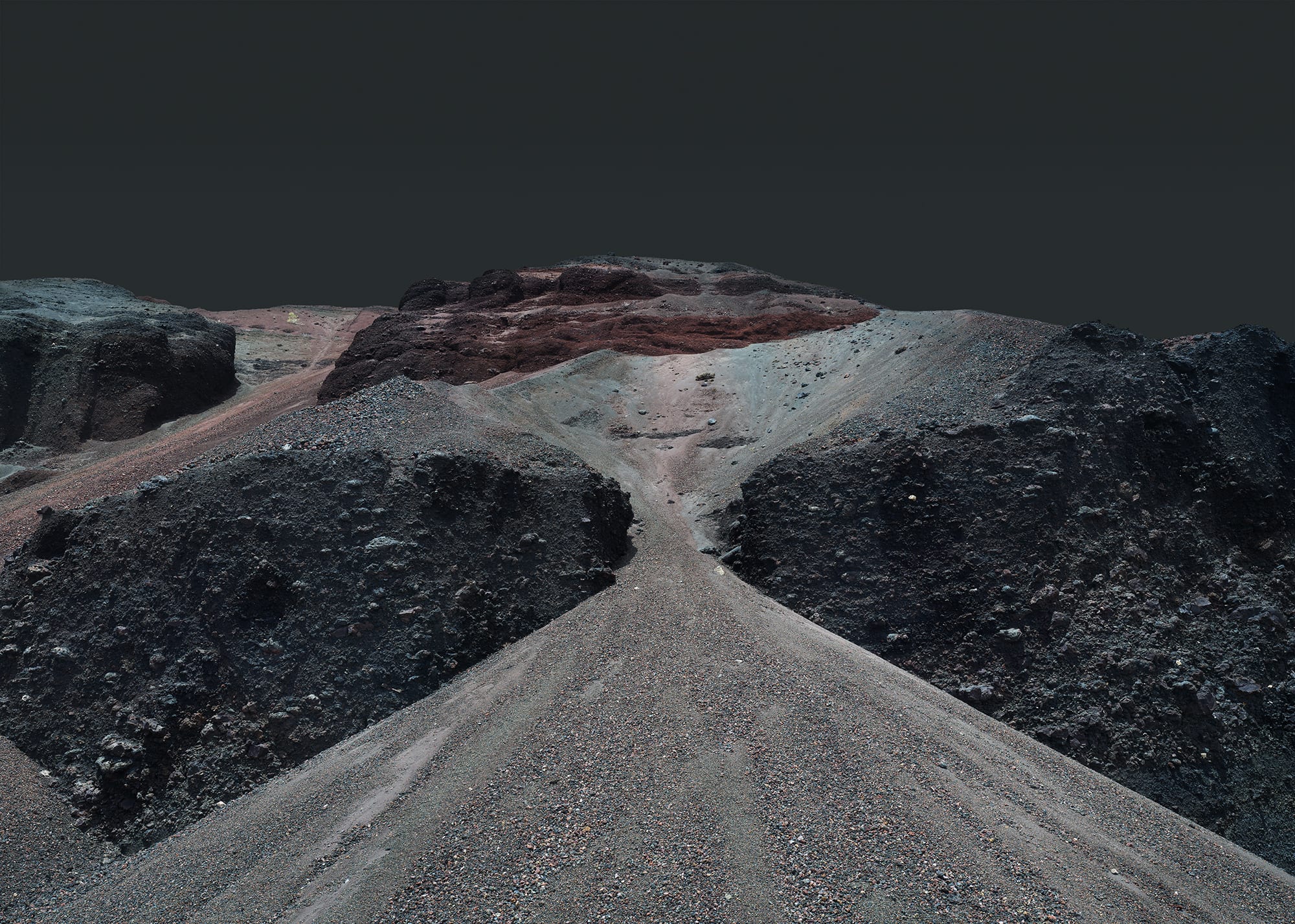
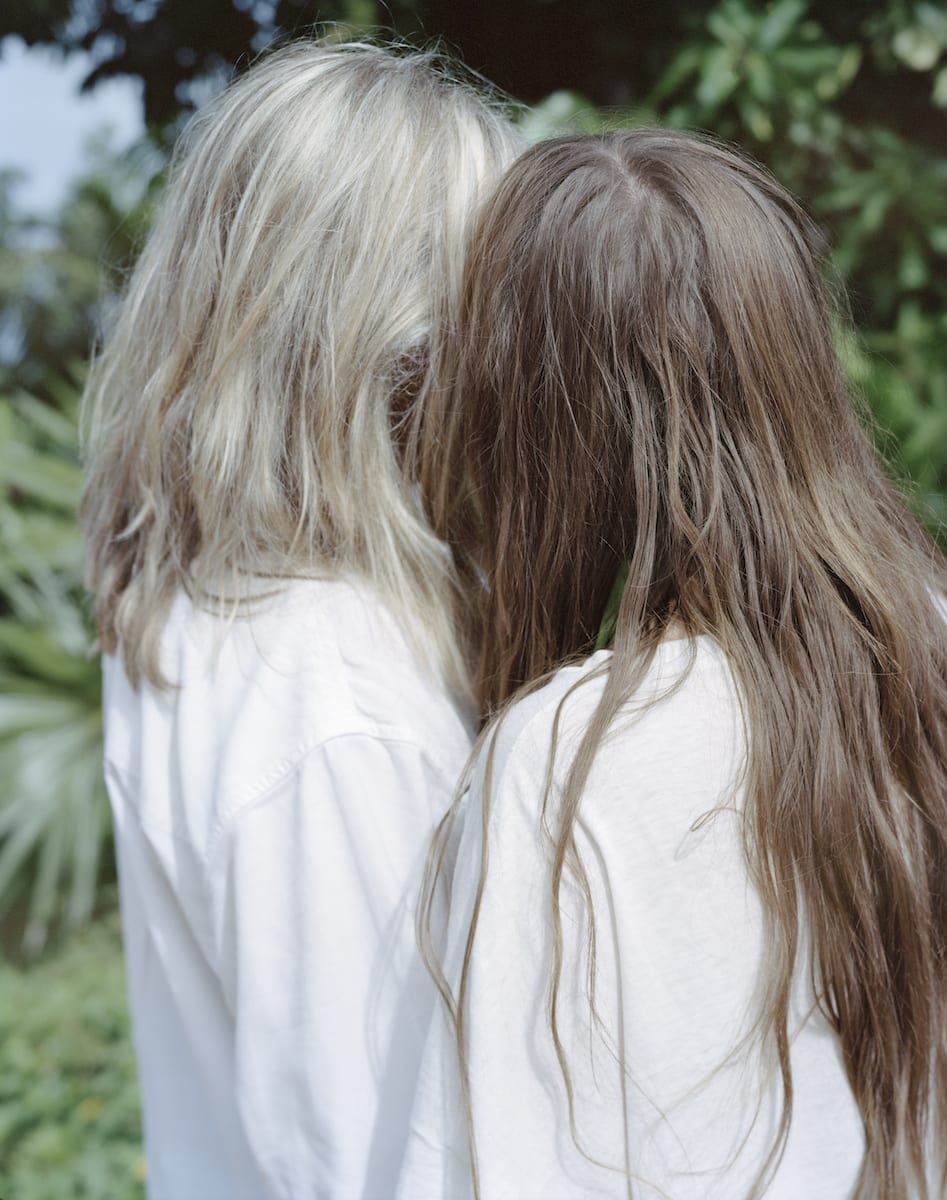
Jamail’s new exhibition centres on the in-between — seemingly mundane everyday moments heavy with tension and unease
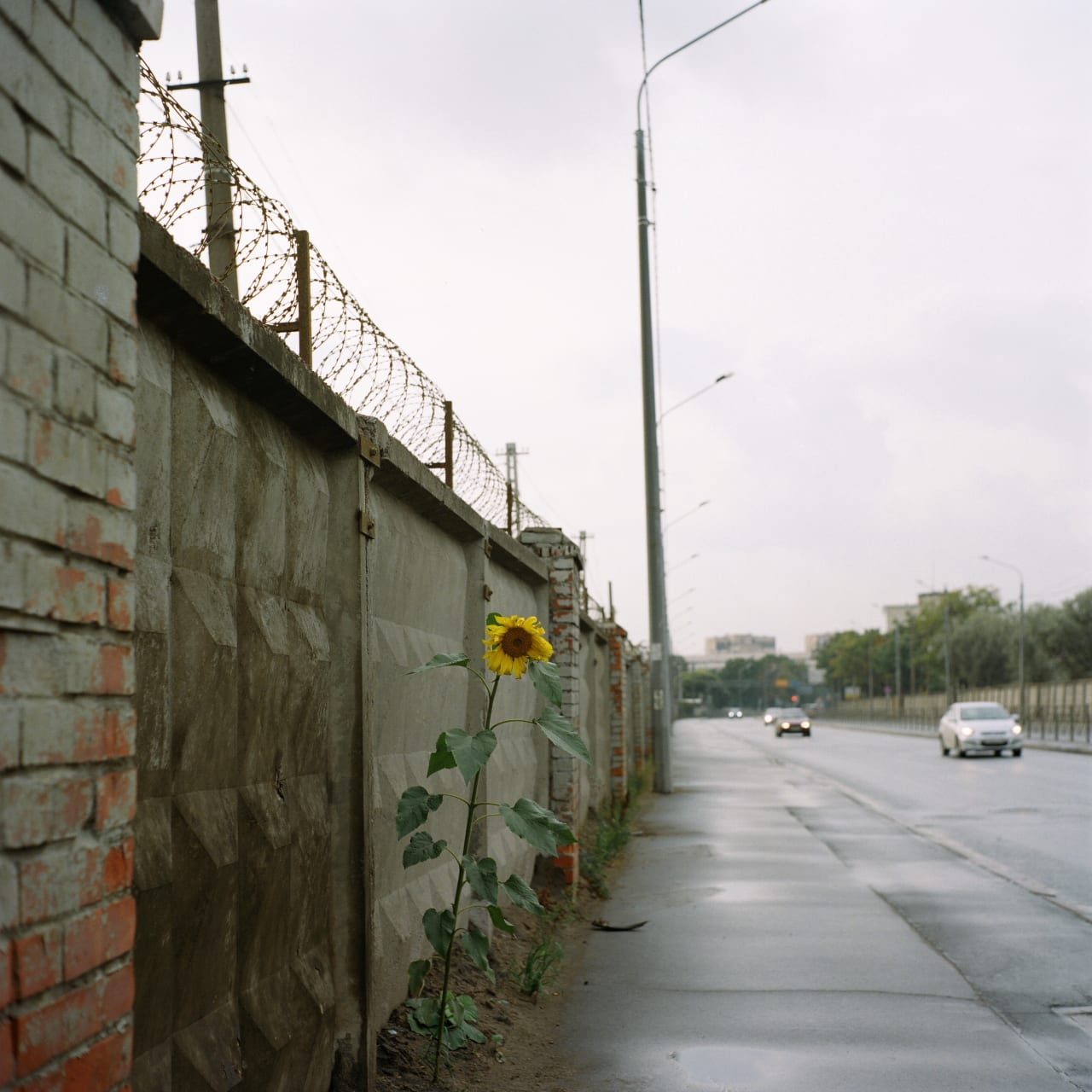
Ekaterina Vasilyeva investigates the road between Saint Petersburg and Petergof in Russia, exploring the history of the land and her own identity in relation to it
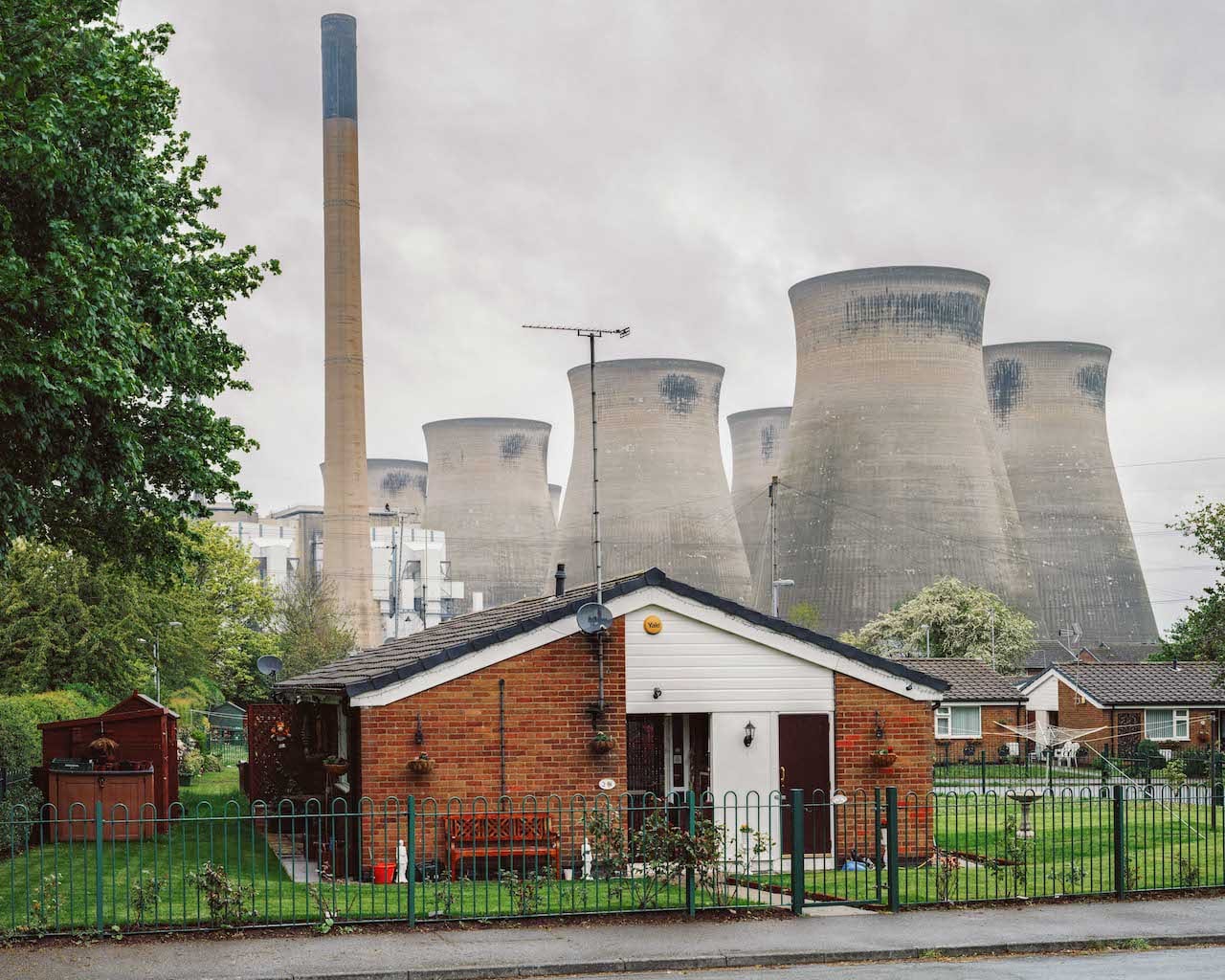
Ahead of his first international solo show, the photographer behind popular YouTube channel Negative Feedback shares his story and the process behind his latest body of work

Mark Power reveals the first dispatch from his odyssey across the US to document the towns and landscapes of a country in flux, a decade-long project rooted in the influential work of his great American forebears of the 1930s
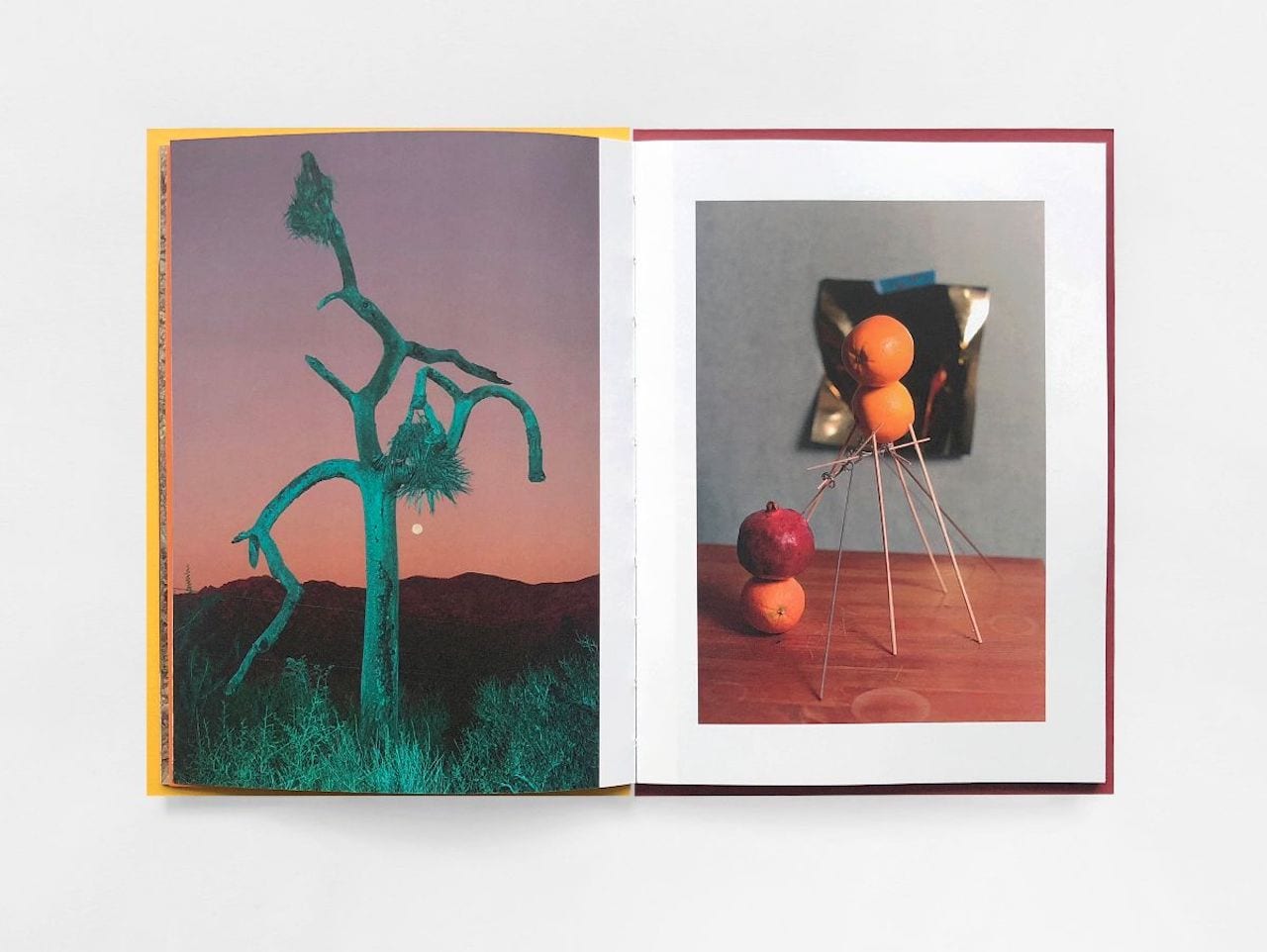
Using colour filters and items collected on the road, Delaney Allen disrupts the familiar tropes of American road trip photography
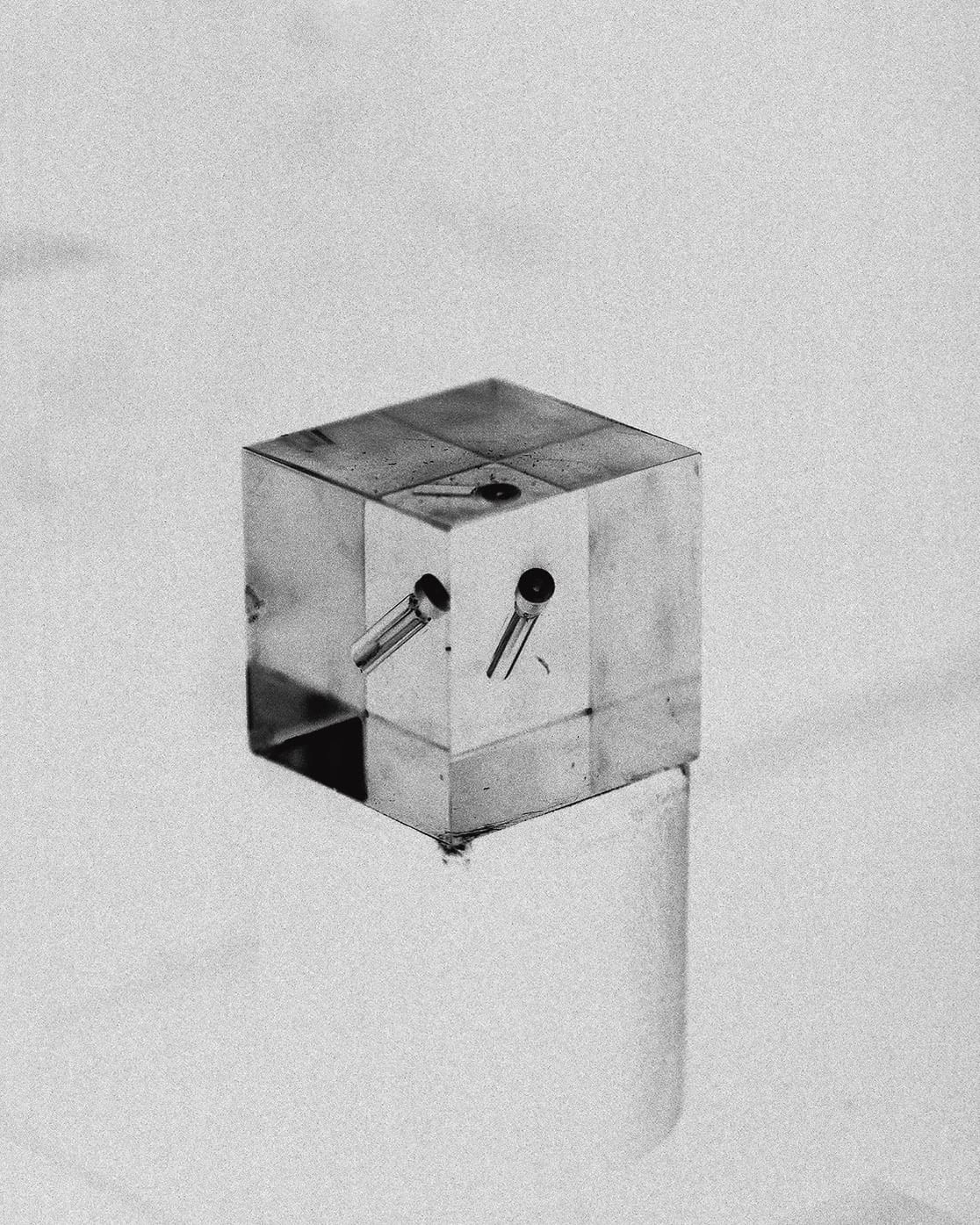
When Felicia Honkasalo’s grandfather passed away in 2009, he left behind boxes full of rocks and minerals, and stacks of notes, sketches, and fading photographs. “No one else in the family wanted them,” says Honkasalo, who never got the opportunity to meet her grandfather, “I was really intrigued by it all, but I didn’t really know what to do with it at first”.
Honkasalo’s debut book, Grey Cobalt, is an attempt to construct imagined memories of her grandfather, who was a metallurgist during the Cold War in Finland as well as an avid cosmologist. Published by Loose Joints, the book release accompanies an exhibition at the Webber Gallery in London, which will run till 15 February.